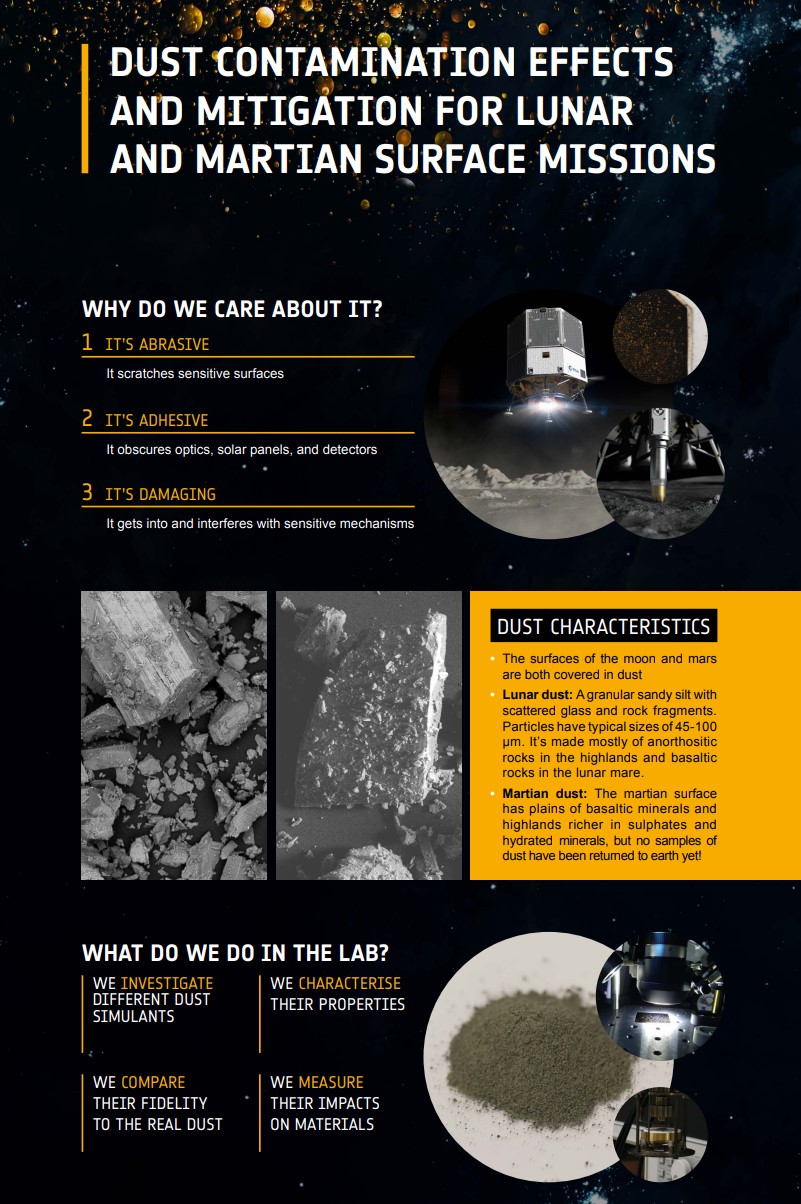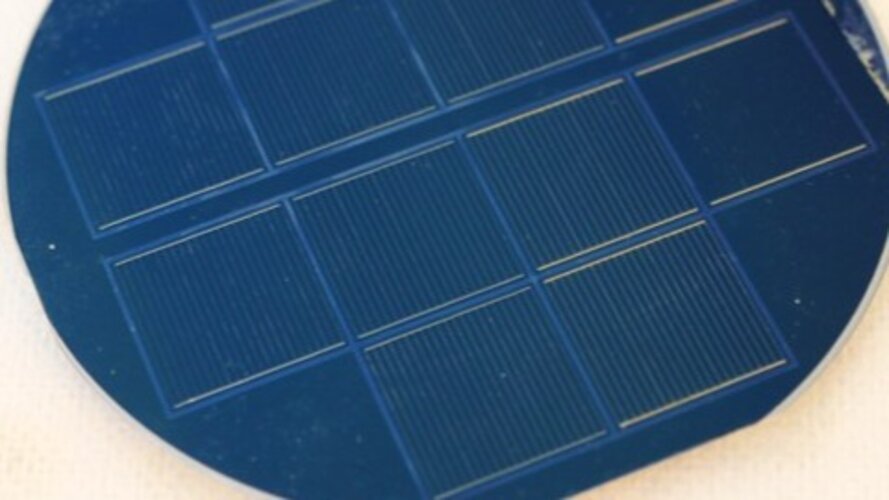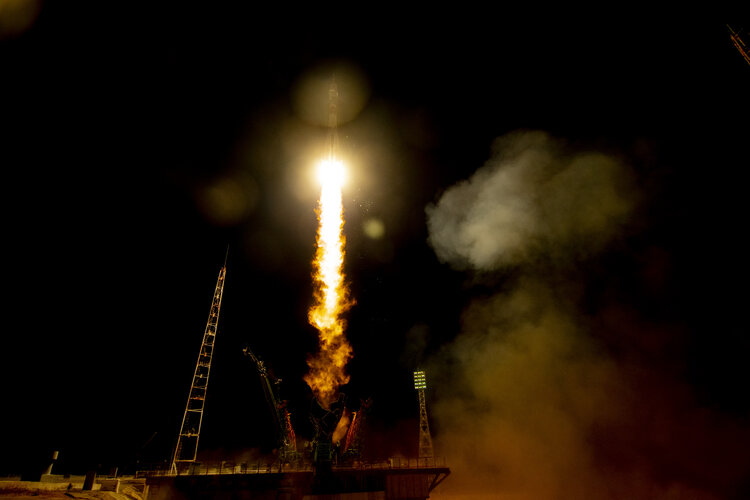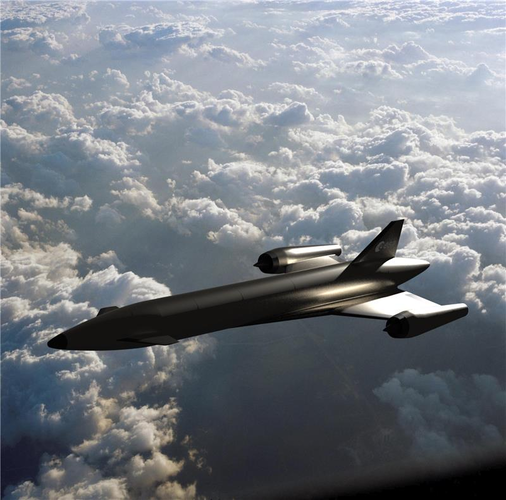News
Stay up to date with all the incredible activities and opportunities driven by the TEC directorate
Join the hive: send your ideas for CubeSat swarms
We all know the saying that there is strength in numbers. The next revolution in space technology could be the use of swarms of tiny spacecraft, called CubeSats, that work together to achieve things greater than what any lone spacecraft can. CubeSats, assemble!
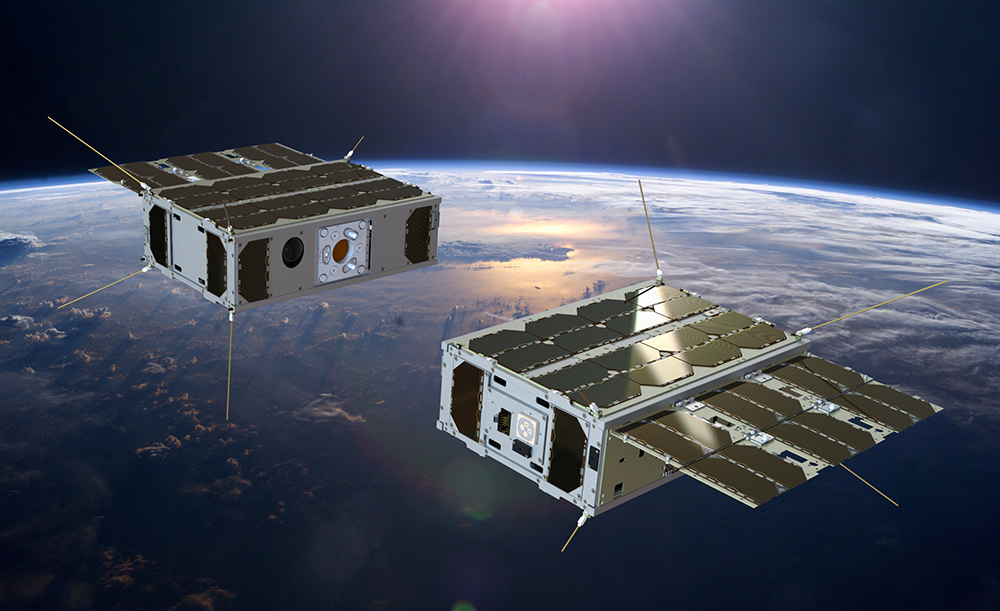
Renewed support for ESA innovation at Paris Ministerial
Member State delegations pledged a record-breaking €16.9 billion budget for ESA at last week's Council at Ministerial Level in Paris, including renewed support for dedicated R&D programmes employed by ESA’s Directorate of Technology, Engineering and Quality to invent the future in space.

Discovery funding transforms ESA patents into commercial success
Whether sending European spacecraft to distant frontiers, studying our home planet in greater detail than ever before, or designing new launch systems, ESA activities drive the development of new technologies.
These technologies can be protected as patents, which ESA makes available to entities in its Member States for research or commercial uses. But there is a long way to go before a patent becomes a product.

Pure gold pin for space testing
Although this pure gold pin is not much bigger than the tip of a pencil, it is the ‘pulsing heart’ of ESA’s Low Earth Orbit Facility, LEOX.
Part of the Agency’s Materials and Electrical Components Laboratory , based at ESA’s ESTEC technical centre in the Netherlands, this test facility is vital for developing materials capable of withstanding the highly-erosive individual oxygen atoms prevailing at the top of the atmosphere, the result of standard oxygen molecules of the same kind found just above the ground being broken apart by powerful ultraviolet radiation from the Sun.
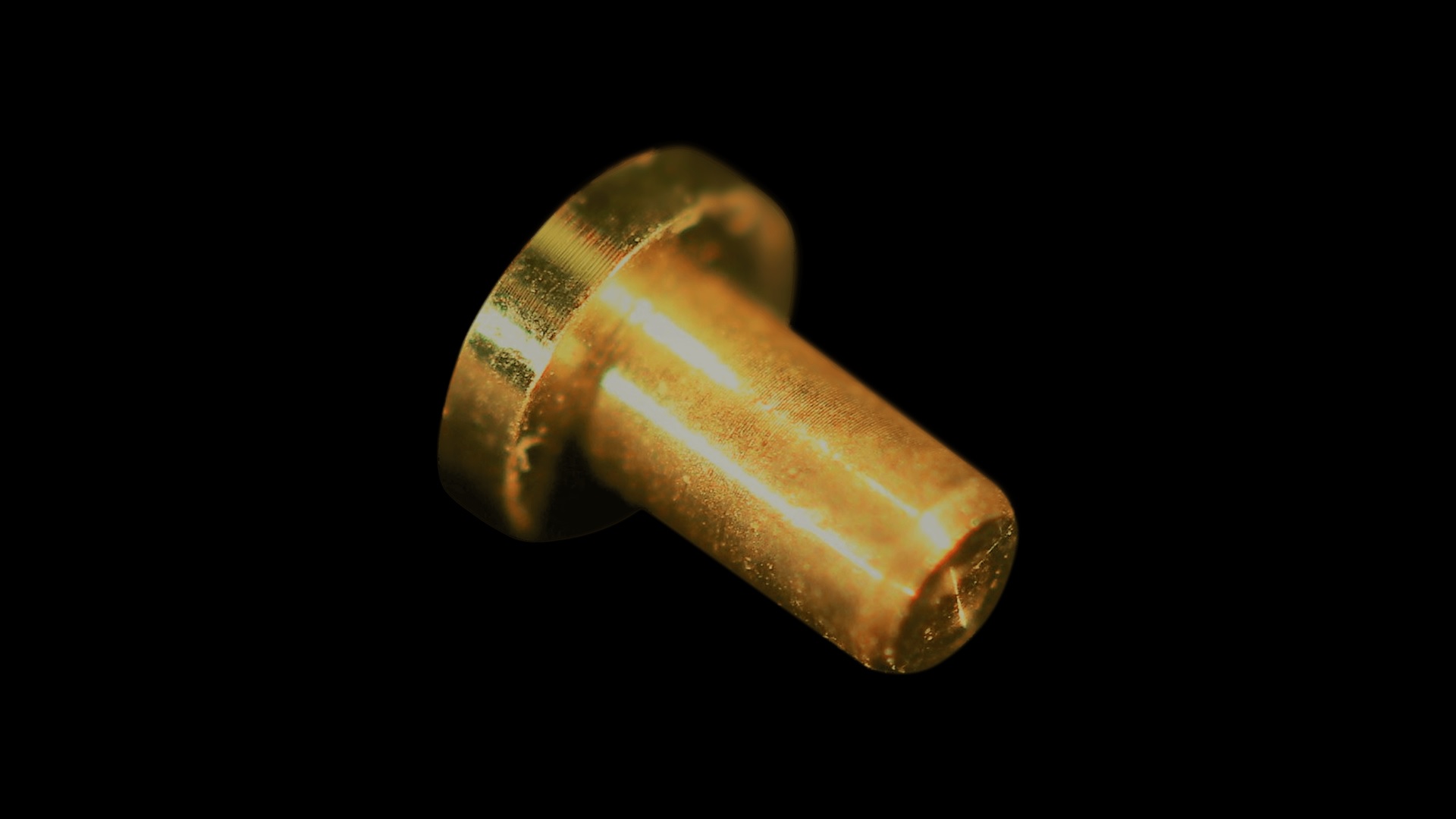
Dust Contamination Effects & Mitigation for Lunar & Martian Surface Mission
As well as being a possible resource, dust poses a huge risk to missions. It is one of the most important issues we need to resolve to be able to carry out long-term exploration of the Moon and Mars.


